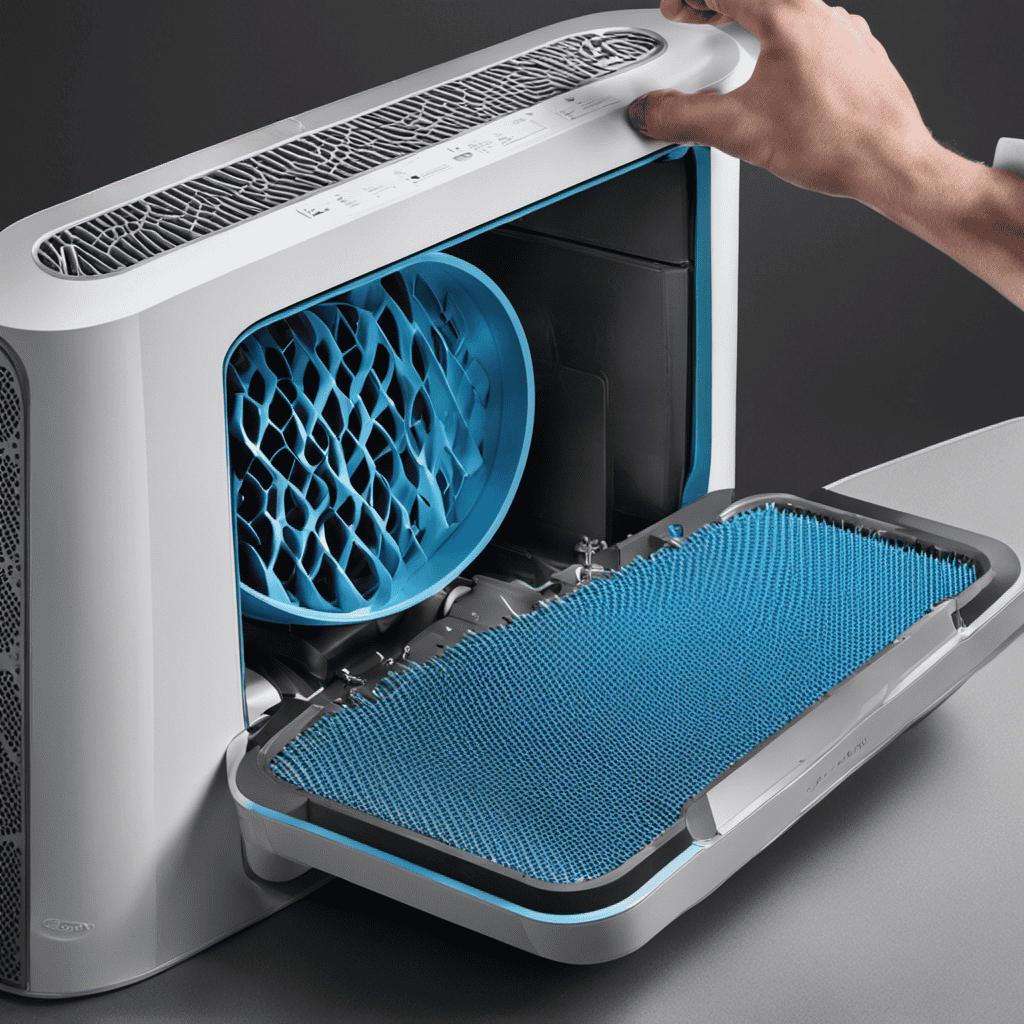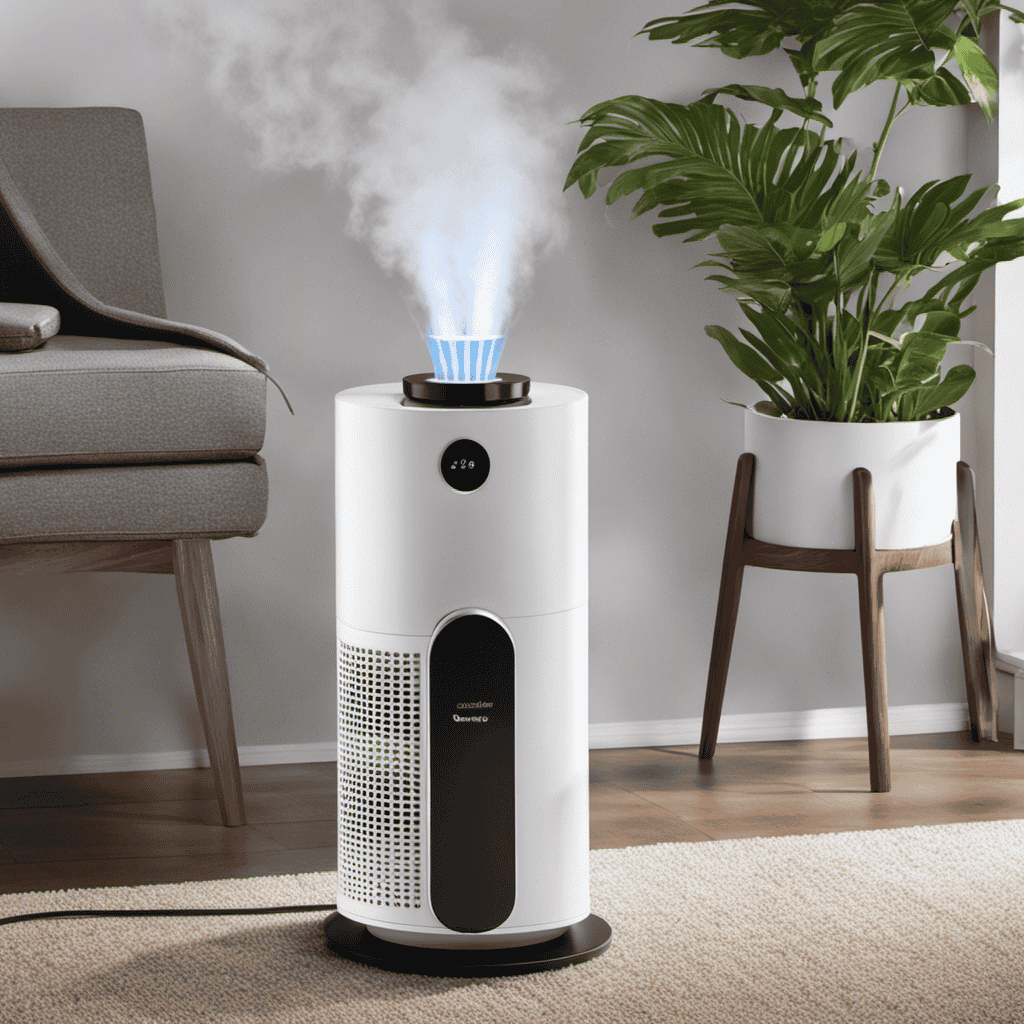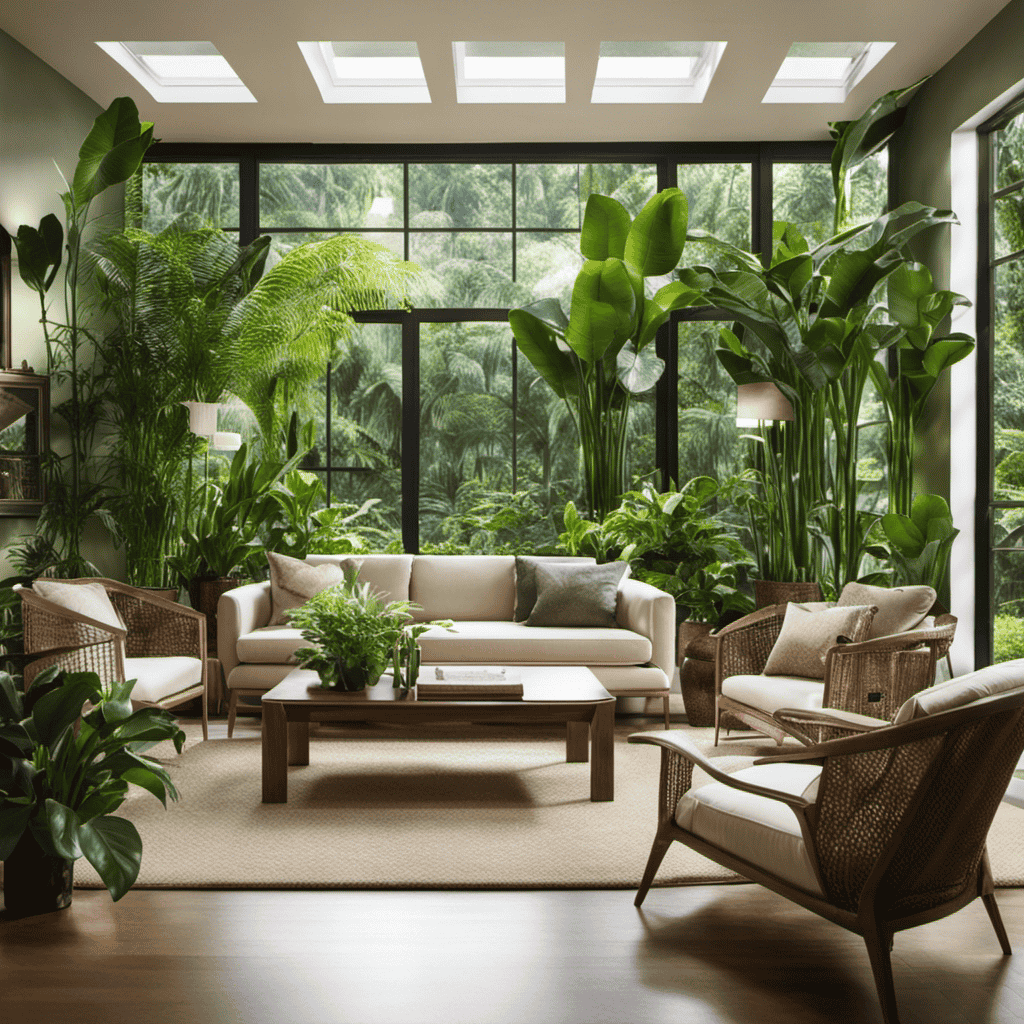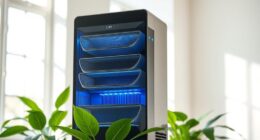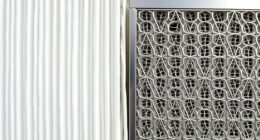I have observed that my Dyson air purifier has been emitting a loud, high-pitched noise recently, which has been quite irritating. Were you aware that high-pitched noise is a frequent problem in Dyson air purifiers?
In this article, I’ll share some common causes of this noise, as well as troubleshooting steps to fix it. Additionally, I’ll explain how airflow impacts noise generation and provide tips on cleaning and maintaining your air purifier to reduce noise.
If you’re dealing with high pitched noise in your Dyson air purifier, read on for some helpful solutions.
Key Takeaways
- Dirty or clogged filters can lead to high pitched noise in Dyson air purifiers.
- Regular cleaning and replacement of filters is important for maintaining proper airflow and reducing noise.
- Noise reduction features such as sound insulation materials and quiet motor technology can help minimize noise in Dyson air purifiers.
- Proper placement of the air purifier on a stable surface and following manufacturer’s instructions for maintenance can also help reduce vibrations and noise.
Common Causes of High Pitched Noise in Dyson Air Purifiers
One common cause for the high pitched noise in your Dyson air purifier is a dirty or clogged filter. When the filter becomes dirty or clogged with dust, pet hair, or other particles, it restricts the airflow and causes the motor to work harder. This increased strain on the motor leads to a high pitched noise. To prevent this issue, it is important to regularly clean or replace the filters according to the manufacturer’s instructions.
In addition to filter maintenance, there are noise reduction techniques that can help minimize the high pitched noise in Dyson air purifiers. Look for models that have noise reduction features, such as sound insulation materials or quiet motor technology. These features can significantly reduce the noise produced by the air purifier, allowing for a more peaceful and quiet environment.
When choosing an air purifier with minimal noise levels, consider the decibel rating. The lower the decibel rating, the quieter the air purifier will be. Look for models with decibel ratings below 60 dB for a quieter operation.
In the next section, we will discuss troubleshooting steps to fix high pitched noise in your Dyson air purifier, including cleaning the filters, checking for obstructions, and contacting customer support if necessary.
Troubleshooting Steps to Fix High Pitched Noise in Your Dyson Air Purifier
To troubleshoot the issue, start by checking the filters and cleaning them if necessary. Dust and debris can accumulate on the filters, causing the high pitched noise in your Dyson air purifier. By cleaning the filters regularly, you can ensure proper airflow and reduce the noise.
If cleaning the filters doesn’t solve the problem, check for any loose or damaged parts. Ensure that all screws and connections are tight and secure. Look for any signs of wear and tear or broken components that may be causing the noise. If you find any damaged parts, consider replacing them to eliminate the noise.
Another troubleshooting technique is to adjust the fan speed settings. Sometimes, a high fan speed can create more noise. Lowering the fan speed can help reduce the noise while still maintaining effective air purification.
Additionally, you can try placing the air purifier on a stable surface to minimize vibrations that may contribute to the noise. Make sure the unit is not touching any walls or other objects that could amplify the sound.
Understanding the Impact of Airflow on Noise Generation in Dyson Air Purifiers
Check the airflow settings on your Dyson air purifier to understand how it can impact the generation of noise. Airflow dynamics play a crucial role in the overall performance and noise level of the device. The way air moves through the purifier affects the noise it produces. By adjusting the airflow settings, you can potentially reduce the noise and create a more pleasant environment.
To understand the impact of airflow on noise generation, it is essential to consider the design of the Dyson air purifier. These devices are equipped with advanced filtration systems that work by drawing in air and filtering out pollutants. As the air passes through the purifier, it encounters various components, such as the fan and filters, which can contribute to the noise level.
Noise reduction techniques employed by Dyson include optimizing the airflow path and using aerodynamic design principles. By carefully designing the air pathways within the purifier, Dyson minimizes turbulence and prevents excessive noise generation. Additionally, the use of aerodynamic shapes and materials helps to further reduce noise by minimizing air resistance and vibrations.
How to Properly Clean and Maintain Your Dyson Air Purifier to Reduce Noise
Ensure you regularly clean and maintain your Dyson air purifier to minimize noise and keep it operating efficiently. By following these simple steps, you can ensure that your air purifier remains in top condition and provides you with clean, fresh air.
| Maintenance Task | Frequency | Benefits |
|---|---|---|
| Clean the filter | Every 2 months | Improves air quality |
| Wipe down the unit | Every 1 month | Reduces dust buildup |
| Check for blockages | Every 3 months | Enhances performance |
| Replace the filter | Every 12 months | Maintains efficiency |
Firstly, it is important to clean the filter regularly. A dirty filter can restrict airflow and cause the air purifier to work harder, resulting in more noise. Additionally, cleaning the unit itself with a soft, damp cloth can help remove dust and debris that may be causing the noise.
Secondly, checking for blockages is crucial. Over time, dust and debris can accumulate in the air vents, hindering the flow of air and causing the air purifier to make noise. Regularly inspecting and removing any blockages can help improve the unit’s performance.
Lastly, replacing the filter annually is essential for maintaining the efficiency of your air purifier. A clogged or worn-out filter can not only affect air quality but also contribute to increased noise levels.
When to Seek Professional Help for High Pitched Noise Issues in Your Dyson Air Purifier
If your Dyson air purifier continues to emit a high-pitched noise despite regular maintenance, it may be time to seek professional help. While there are DIY solutions for reducing high-pitched noise in Dyson air purifiers, such as cleaning the filters and checking for any loose components, some issues may require the expertise of a professional technician.
Regular filter replacement is crucial in preventing high-pitched noise in Dyson air purifiers. Over time, filters can become clogged with dirt, dust, and other particles, causing the fan to work harder and produce a higher noise level. By replacing the filters as recommended by the manufacturer, you can ensure proper airflow and minimize noise issues.
However, if the noise persists even after cleaning and replacing the filters, it is advisable to consult a professional. A qualified technician will have the necessary knowledge and tools to diagnose and fix any underlying mechanical or electrical issues that may be causing the high-pitched noise.
Frequently Asked Questions
Can High Pitched Noise in My Dyson Air Purifier Cause Any Damage to the Device?
I’m not sure if prolonged exposure to high pitched noise from a Dyson air purifier can cause damage to the device. However, it’s important to consider the effect it may have on human health. High pitched noises can be irritating and may contribute to stress and anxiety.
To troubleshoot the issue, you can try cleaning the filters or contacting Dyson customer support for assistance. Regular maintenance and cleaning can help prevent any potential issues with your air purifier.
Can Using the Air Purifier on High Speed Contribute to the High Pitched Noise Issue?
Using the air purifier on high speed can contribute to the high pitched noise issue. When the device is operating at a higher speed, it puts more strain on the internal components, which can lead to vibrations and rattling noises.
To troubleshoot this problem, try reducing the speed setting to a lower level and see if the noise decreases. If the issue persists, it may be necessary to contact customer support for further assistance.
Is There a Way to Temporarily Reduce the High Pitched Noise in My Dyson Air Purifier?
To temporarily reduce the high-pitched noise in my Dyson air purifier, I would suggest troubleshooting the noise issues.
One way to do this is by checking if there are any loose or damaged parts that could be causing the noise.
Additionally, cleaning the filters and ensuring they are properly installed can also help reduce noise levels.
As a personal example, I once had a similar issue with my Dyson air purifier, and after cleaning the filters, the noise significantly decreased.
Can the Placement of the Air Purifier in the Room Affect the High Pitched Noise?
The size of the room can affect the high pitched noise in my Dyson air purifier. A smaller room may amplify the sound, while a larger room may have less of an impact.
Additionally, external factors such as temperature and humidity can contribute to the high pitched noise. Changes in these variables can cause the materials in the air purifier to expand or contract, resulting in the noise.
Are There Any Specific Models of Dyson Air Purifiers That Are More Prone to High Pitched Noise Issues?
Some specific models of Dyson air purifiers are more prone to high pitched noise issues. It’s important to note that not all models are affected, but certain ones have been reported to have this problem.
If you are experiencing a high pitched noise with your Dyson air purifier, it may be worth checking if your model is one of those known to have this issue.
Conclusion
In conclusion, taking care of your Dyson air purifier can help reduce high pitched noise issues and ensure optimal performance. Remember to regularly clean the filters and check for any obstructions that may affect airflow.
Interestingly, studies have shown that a noisy environment can increase stress levels and impact overall well-being. By maintaining your air purifier, you not only eliminate the annoying noise but also create a more peaceful and healthier living space.
So, don’t delay in addressing those high pitched noises and start enjoying the benefits of a quieter and cleaner home.



